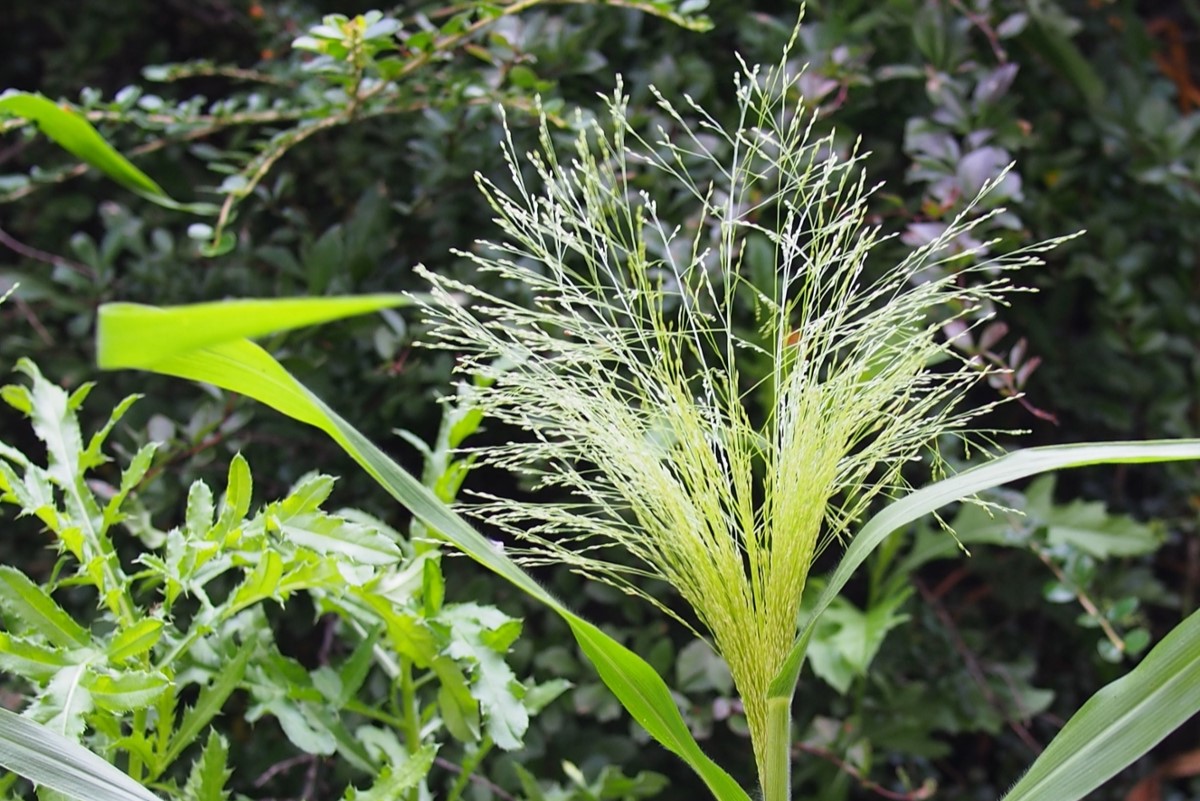
Witchgrass, also known as Panicum capillare, is a common weed that can be found in many parts of North America. This pesky plant often invades gardens, lawns, and agricultural fields, making it a nuisance for many. But what exactly makes witchgrass so resilient and widespread? Witchgrass thrives in disturbed soils and can grow rapidly, outcompeting other plants for resources. Its seeds are tiny and can be easily spread by wind, water, or even animals, ensuring its proliferation. Understanding the characteristics and behaviors of witchgrass can help in managing and controlling its spread. Let's dive into some intriguing facts about this tenacious weed and learn how to keep it at bay.
Key Takeaways:
- Witchgrass is a pesky weed that competes with crops for resources, making it difficult for farmers to grow their plants. It's resistant to herbicides, so controlling it requires a combination of methods.
- Witchgrass, also known as Panicum capillare, is a stubborn weed that can grow up to 3 feet tall and produce thousands of seeds. It's a nuisance for gardeners and farmers, but mulching and regular weeding can help control its spread.
What is Witchgrass?
Witchgrass, also known as Panicum capillare, is a common weed found in many parts of North America. It thrives in disturbed soils and can be quite a nuisance for gardeners and farmers alike. Here are some fascinating facts about this persistent plant.
-
Witchgrass is a Summer Annual
Witchgrass completes its life cycle in one growing season, typically sprouting in late spring and dying off by the first frost. -
It Has a Fibrous Root System
The roots of witchgrass spread out in a network, making it difficult to pull out completely. This helps the plant absorb water and nutrients efficiently. -
Produces a Large Number of Seeds
Each witchgrass plant can produce thousands of seeds, ensuring its proliferation. These seeds can remain viable in the soil for several years. -
Adaptable to Various Soils
Witchgrass can grow in a wide range of soil types, from sandy to clayey. This adaptability makes it a common sight in many environments.
Witchgrass and Its Impact on Agriculture
Witchgrass can be a significant problem for farmers due to its aggressive growth and competition with crops. Understanding its impact can help in managing this weed more effectively.
-
Competes with Crops for Resources
Witchgrass competes with crops for sunlight, water, and nutrients, which can reduce crop yields significantly. -
Can Harbor Pests and Diseases
This weed can act as a host for various pests and diseases, which can then spread to nearby crops, causing further damage. -
Difficult to Control with Herbicides
Witchgrass has shown resistance to some herbicides, making chemical control challenging. Farmers often need to use a combination of methods to manage it.
Interesting Characteristics of Witchgrass
Beyond its impact on agriculture, witchgrass has some unique characteristics that make it an interesting plant to study.
-
Distinctive Seed Heads
The seed heads of witchgrass are airy and delicate, resembling a witch's broom, which is how it got its name. -
Can Grow Up to 3 Feet Tall
Despite being a weed, witchgrass can reach impressive heights, sometimes growing up to 3 feet tall. -
Prefers Full Sunlight
Witchgrass thrives in full sunlight, which is why it often invades open fields and disturbed areas.
Witchgrass in History and Culture
Witchgrass has been around for centuries and has even found its way into folklore and traditional uses.
-
Used in Traditional Medicine
Some cultures have used witchgrass in traditional medicine, believing it to have various healing properties. -
Mentioned in Folklore
Witchgrass appears in folklore, often associated with witches and magic due to its name and appearance.
Managing Witchgrass
Controlling witchgrass requires a combination of methods, from cultural practices to mechanical removal.
-
Mulching Can Help Control It
Applying a thick layer of mulch can suppress the growth of witchgrass by blocking sunlight. -
Regular Weeding is Essential
Consistent weeding, especially before the plant sets seeds, can help reduce its spread. -
Crop Rotation Can Be Effective
Rotating crops can disrupt the life cycle of witchgrass, making it harder for the weed to establish itself.
Witchgrass: A Closer Look
Witchgrass, often seen as a pesky weed, holds a fascinating place in nature. Its resilience and rapid growth make it a formidable opponent for gardeners, yet it also plays a crucial role in soil health and erosion control. Understanding its characteristics can help manage its spread more effectively.
This plant's ability to thrive in various conditions showcases nature's adaptability. While it may be a nuisance in your garden, witchgrass contributes to the ecosystem in ways we might overlook. By learning more about it, we can appreciate its role and find better ways to coexist with this persistent plant.
So next time you spot witchgrass, remember it's more than just a weed. It's a testament to nature's incredible resilience and adaptability. Embrace the challenge it presents and use this knowledge to keep your garden thriving.
Frequently Asked Questions
Was this page helpful?
Our commitment to delivering trustworthy and engaging content is at the heart of what we do. Each fact on our site is contributed by real users like you, bringing a wealth of diverse insights and information. To ensure the highest standards of accuracy and reliability, our dedicated editors meticulously review each submission. This process guarantees that the facts we share are not only fascinating but also credible. Trust in our commitment to quality and authenticity as you explore and learn with us.


